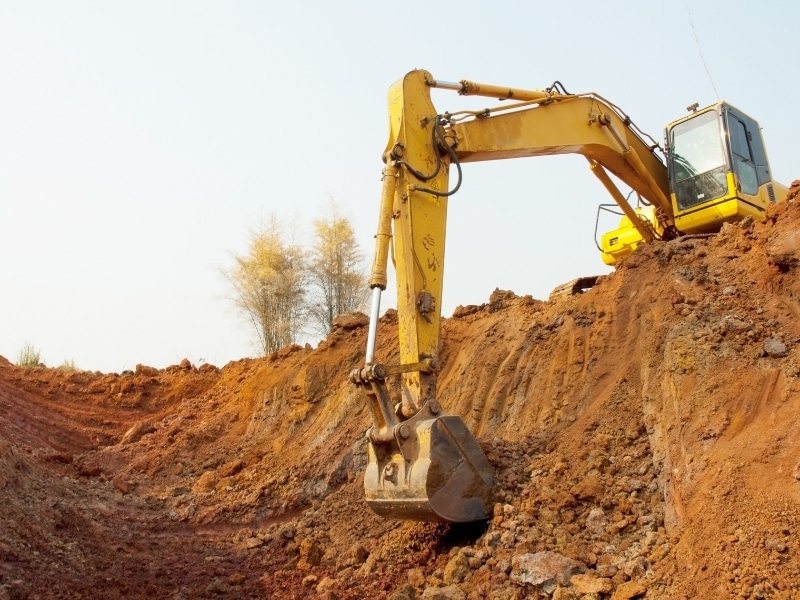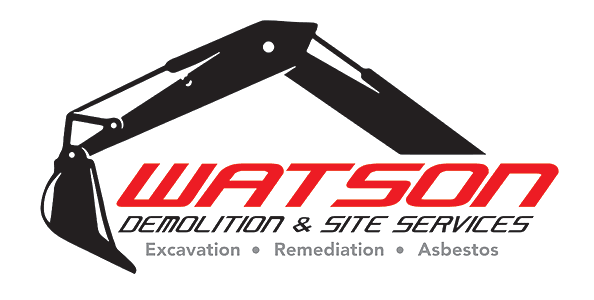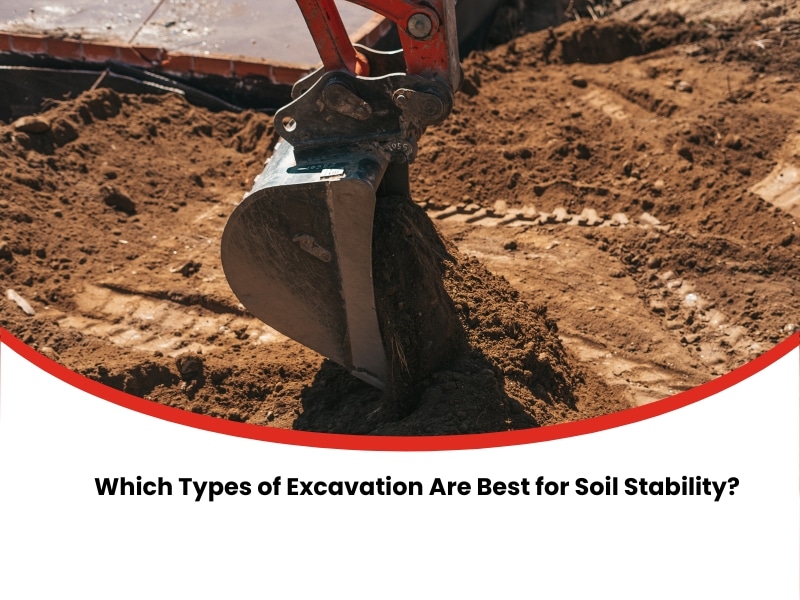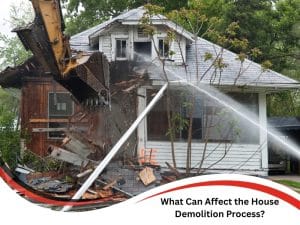Soil stability is one of the biggest concerns in excavation. Choosing the wrong method can compromise safety, damage structures, and blow out your timeline. Even when the surface appears steady, underground conditions can shift without warning. That’s why using a tailored excavation method isn’t optional — it’s essential. Each site demands a technique that suits its soil type, water content, and terrain. This article explores how different types of excavation impact soil stability, reduce risk, and help you make the right decisions for your project from the ground up.
What challenges do different types of excavation present?
Even when soil appears stable, certain excavation techniques can trigger problems. Some methods are great for open spaces but fail in tight or wet environments. Understanding the limitations helps you plan smarter and avoid costly disruptions.
- Trench excavation can collapse in sandy soils if shoring isn’t installed at the correct depth.
- Basement excavation in clay-rich locations requires drainage control to avoid flooding or wall damage.
- Cut and fill sites need ongoing levelling to control stormwater runoff and erosion after rainfall.
- Dredging may destabilise nearby terrain unless reinforced with geotextiles or compacted retaining structures.
While excavation sounds straightforward, the practical issues vary by method and location. You need to assess what lies beneath — not just what you see on the surface. Ignoring these challenges can cause serious setbacks, especially in built-up or weather-sensitive environments.
Why do some types of excavation fail on unstable soil?
Unstable soils — like loose fill, silt, or soft clay — don’t respond well to forceful excavation. If the wrong type is applied, the ground won’t support loads or slopes. That’s where things can go sideways.
- Silt-heavy soils shift with moisture and need engineered supports to maintain trench walls safely.
- Topsoil lacks structural strength and requires compacted backfill for any long-term building stability.
- Heavy machinery displaces weak soil layers, reducing support for footings or underground services.
- Replacing native soil with fill material risks differential settlement and future structural movement.
Understanding what makes a soil unstable is vital. Too many failures result from assuming the ground will hold when it simply can’t. Correcting this starts with proper geotechnical testing and planning before digging begins.
Can the wrong method of excavation increase site risk?
Absolutely. Using a method not suited to your site’s conditions adds stress to both the ground and your timeline. This often shows up in accidents, cost blowouts, or soil damage.
- Unsupported trenches can collapse quickly, endangering workers and damaging adjacent built structures.
- Excavating too deep without slope protection increases the likelihood of landslip or slumping.
- Delays in stabilisation let rain penetrate soil layers, causing erosion or subsurface saturation.
- Material stockpiled near trench edges adds weight and increases wall failure risk significantly.
Excavation isn’t trial and error. Missteps don’t just cost time — they risk lives and assets. For long-term stability, consider reliable excavation options for commercial and residential projects that match your site profile exactly.

How does soil type affect your choice of excavation method?
Soil types dictate everything from machine choice to wall support to drainage plans. If you don’t match excavation to material, your project may grind to a halt.
- Sandy soils require shoring systems and constant monitoring due to low cohesion and drainage risk.
- Clay soils must be excavated in dry weather to avoid swelling, slippage, or poor traction.
- Gravel or boulder-rich sites demand robust machinery with attachments for cutting or compacting.
- Mixed or layered soils call for flexible strategies that shift depending on depth and resistance.
Here’s a quick look at soil types and suitable methods:
| Soil Type | Recommended Excavation | Key Considerations |
| Sand | Trenching + Shoring | Needs constant support |
| Clay | Cut and Fill | Must manage water retention |
| Gravel/Rock | Topsoil Strip + Cut | Use powerful equipment |
| Mixed Soils | Hybrid Methodology | Assess each layer carefully |
Ignoring soil type is like driving without a map — you’ll hit problems sooner or later. Choosing wisely early on can prevent major soil failure and keep your job running smoothly. Safe practices during excavation projects start by knowing your soil type and working with it, not against it.
Which types of excavation protect soil during site work?
Soil protection isn’t just about finishing the job — it’s about avoiding damage that costs you later. Some types of excavation are more soil-friendly, especially when paired with the right stabilisation strategies.
- Horizontal boring creates underground paths without disturbing surface ecosystems or compacted top layers.
- Vacuum excavation suits utility-rich zones and avoids major disruption in soft or loose soil zones.
- Benching distributes soil pressure over wider areas to prevent trench or pit wall collapse.
- Shored trenching controls sidewall movement and reduces surrounding soil compaction or slippage.
Damaging the soil mid-project creates problems long after handover. Site rehabilitation starts with soil-smart methods. If that’s overlooked, erosion and washouts can cause rework — that’s why it helps to understand how erosion control supports excavation work throughout each stage of site development.
How experts handle excavation for different soil types
Seasoned contractors know that no two sites behave the same. Expert excavation adapts — it responds to weather, compaction, and environmental conditions in real time.
- Soil tests reveal moisture, load capacity, and structural risk zones before excavation begins.
- Moisture monitoring tools help plan excavation windows during dry and stable site periods.
- Clay excavation often involves staging with ground reinforcement to manage shifting soil conditions.
- Stripped topsoil is reused after works to prevent erosion and re-establish site vegetation quickly.
When the approach is backed by science and experience, you gain speed without sacrificing stability. What makes excavation successful isn’t brute force — it’s precision, flexibility, and timing.
Experts also prioritise controlling erosion and sediment during groundwork to ensure the site stays compliant and environmentally responsible long after excavation is done.
Final thoughts on selecting the best types of excavation
Excavation isn’t just dirt and diggers — it’s a technical process that requires smart matching between site conditions and method. Choosing well can protect your project from delays, hazards, and rework. If you’re managing a site with complex soil types, always engage pros who understand the full picture. To get it right from the start, discover how Watson Demolition & Site Services handles your excavation needs.


